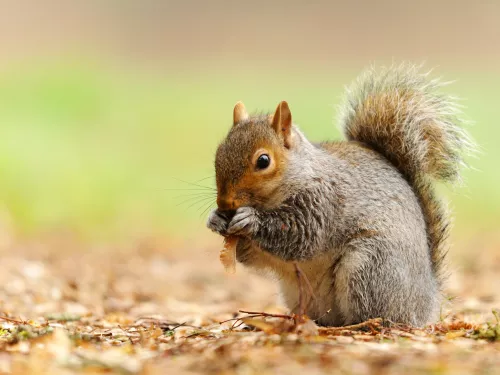Grey seal
Have you ever seen the curious face of a grey seal bobbing in the waves when visiting the beach? Grey seals can be seen lying on beaches waiting for their food to go down. Sometimes they are accompanied by their white fluffy seal pups that look like balls of cotton wool!

